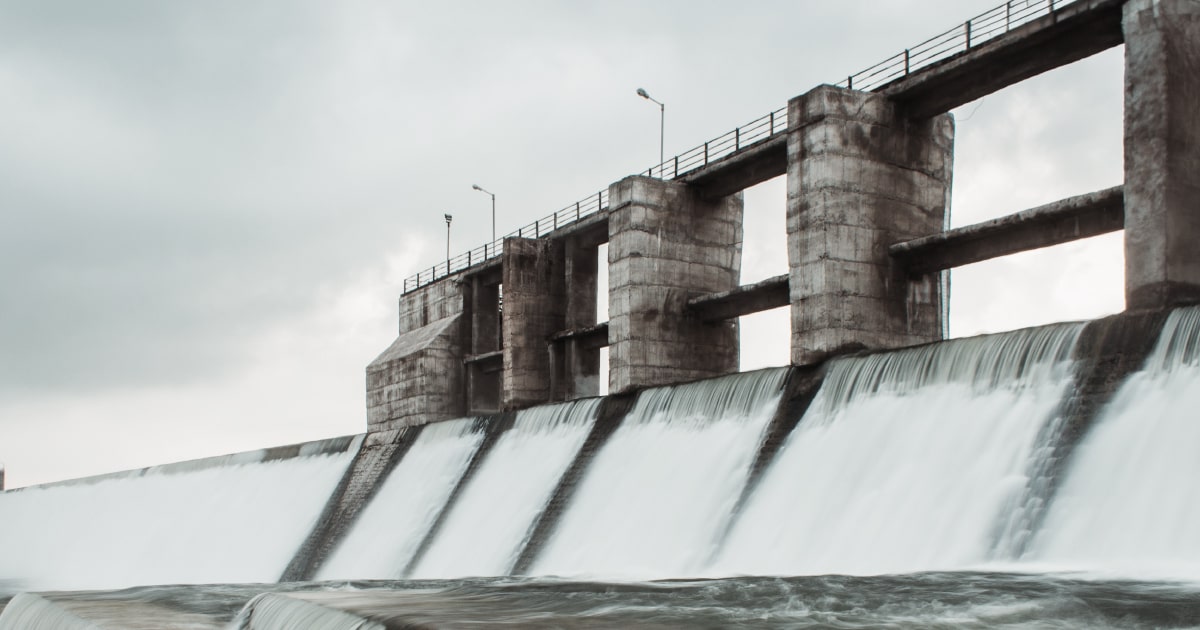STUDENT OPINION
Hydropower in India: Balancing Energy Demands, Environmental Concerns, and Climate Change Mitigation


-
- By,
Subhash Gottumukkala – Student, Kautilya
- By,
Renewable energy sources are now at the forefront because there is a pressing need to mitigate climate change. However, as we switch to a cleaner energy future, we must carefully consider the advantages and disadvantages of various solutions. The usage of hydropower has long been hailed as a clean, effective energy source that significantly lowers greenhouse gas emissions worldwide. However, it is not without difficulties concerning massive hydroelectric projects and their environmental effects.
The largest source of renewable electricity on a global scale, hydropower accounts for roughly 16% of the energy produced. However, it has developed unevenly, with only four countries accounting for almost 50% of production, with China leading the way, followed by Brazil, Canada, and the United States. India is the fifth largest producer of hydropower.
The Dilemma: Balancing Power Output and Environmental Impact
In order to maximize energy output, large-scale hydropower projects frequently start-up in hilly areas with plenty of water resources. However, the pursuit of more incredible energy may have adverse effects on the ecosystem. The resulting adverse impacts include Ecosystem Disruption: Building dams and reservoirs can result in habitat loss, temperature fluctuations, and altered sediment transport, all of which can have a detrimental effect on aquatic life; Deforestation; Community Displacement: Dam construction can relocate communities and transform traditional livelihoods, creating problems for the impacted populations on the social and economic fronts. For example, the ecosystem of the river and the fertility of nearby agricultural land have both been impacted by the disruption of the sediment flow caused by the Aswan Dam construction in Egypt on the Nile River.
Large hydropower projects also confront difficulties with energy storage and dangers from dam failures. These projects frequently call for large reservoirs to store water for energy production, but the water supply in these reservoirs may vary seasonally, resulting in ineffective energy storage. Extreme weather-related dam breaches, such as those brought on by cloud bursts or glacial lake outburst floods (GLOFs), can result in catastrophes, human casualties, property loss, and adverse environmental effects. The recent GLOF of South Lhonak Lake in the North Western region of Sikkim resulted in the washing away of 1200 MW, 60m high Chungthang dam (Teesta III) on October 4th of 2023. The dam’s construction was commissioned in 2008 and came into operation in 2017, costing 25000 crores. This catastrophe resulted in 47 deaths, washing away 11 bridges, destroying domestic services affecting four districts in Sikkim.

South Lhonak Lake Outburst- Pre and Post Scenario (Left), Teesta 3 Dam before and after (Right)
Hydropower in India: Challenges and Mitigation
In India, hydropower has been a pillar of the renewable energy policy, and in 2022, it generated about 11% of the nation’s electricity. The hydropower potential of India is high due to its topography and water resources. The Indian government has established ecological impact assessment (EIA) agencies to examine prospective project’s environmental consequences and provide rules for rehabilitating displaced populations to address hydroelectric projects’ environmental and social repercussions. Before the construction of the largest hydroelectric project in the country- Tehri dam in Uttarakhand. The dam’s effects on the ecosystem of the river, the potential for displacing nearby villages, and the drowning of a sizable portion of land were all investigated by the EIA agency. Implementing mitigating measures, such as relocation and rehabilitation of impacted people and building fish ladders to enable fish migration, was based on the EIA’s conclusions.

1000 MW Karcham Wangtoo dam fragmenting Sutlej River’s flow- disturbing river’s ecology
The Balancing Act: Large and Small Hydropower Projects
There is a need to consider various project scales, including small and medium-sized plants (SHPs and MHPs), commonly described as having capacities of less than 30 megawatts (MW) and 30 to 100 MW, respectively, to establish a balanced approach to hydropower. These more compact facilities, frequently found in smaller rivers and streams, have several advantages over extensive hydropower facilities which include- a) Reducing Environmental Impact: SHPs and MHPs have a minor environmental impact and don’t affect ecosystems as much, b) Friendly to the community: They are less likely to uproot substantial populations, minimizing social disruptions, c) Rapid Deployment: Small and medium-sized hydropower plants can be set up quickly because of Lower Land Acquisition Requirements, Shorter Construction Timelines thereby lesser financial requirements supplying the area’s energy requirements and encourage reducing its reliance on fossil fuels earlier, and d) Grid Integration: They are simple to incorporate into current electricity grids and offer a reliable power source in remote areas as they typically have lower capacity and are often located closer to existing electrical infrastructure.
SHPs and MHPs can be valuable renewable energy sources, reducing environmental and social impacts while aiding the fight against climate change.
Balancing the costs and benefits
Hydropower unquestionably plays a significant part in combating climate change by supplying dependable and clean electricity. However, particularly about important projects, it presents substantial environmental and socioeconomic issues. Adopting cutting-edge technologies, conducting in-depth ecological analyses, and considering alternate renewable sources are all necessary for achieving a balanced approach. Effective choices that maximize benefits while reducing costs must be made by viewing Hydropower projects holistically. This strategy secures hydropower’s long-term affordability and sustainability as a renewable energy source.
Diversifying the hydropower portfolio with smaller projects will improve the energy system’s resilience and adaptability in India, where extreme weather events are a problem. The likelihood of decreased catastrophic dam breaches and their effects because these smaller projects frequently have fewer storage problems and can be spread across different geographic areas. India may find a balance between utilizing the advantages of hydropower and limiting its harmful effects by embracing smaller hydropower projects, undertaking rigorous studies, and considering alternative renewables like wind and solar energy. In the face of climate change, this balanced strategy will protect ecosystems, communities, and economic stability while advancing a sustainable energy future.
*The Kautilya School of Public Policy (KSPP) takes no institutional positions. The views and opinions expressed in this article are solely those of the author(s) and do not reflect the views or positions of KSPP.















































































































































































